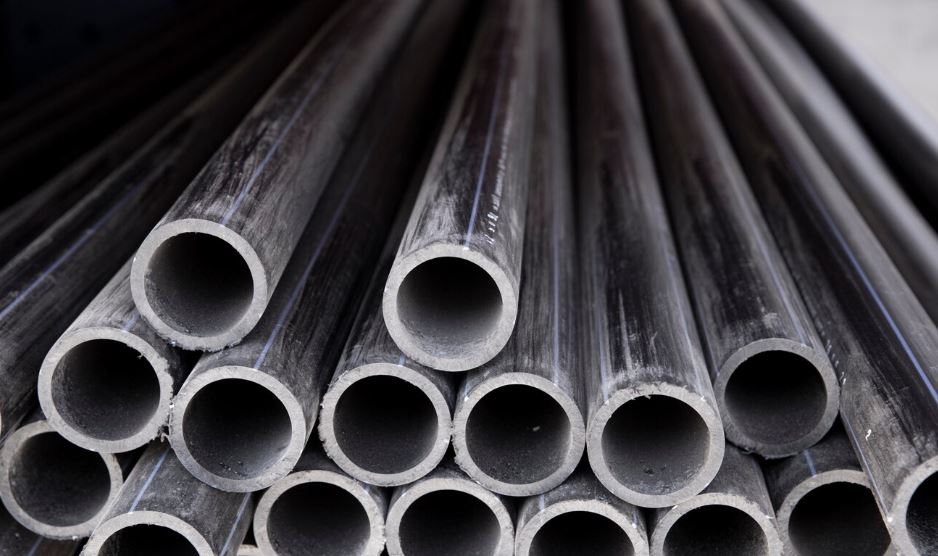
Starting a Pipeline Construction In Dubai, a thriving hub for innovation and infrastructure in the Middle East, presents unique opportunities and challenges. As the city continues to grow and modernize, the demand for robust and efficient pipeline systems for oil, gas, water, and other utilities has surged. To ensure the success of such projects, it is essential to consider various factors that can significantly impact planning, execution, and operation. This comprehensive guide outlines the critical factors to consider before embarking on a pipeline project in Dubai.
Regulatory and Legal Compliance
Understanding Local Regulations
Dubai’s regulatory environment for pipeline projects is stringent, and aimed at ensuring safety, environmental protection, and efficient resource utilization. It is crucial to familiarize yourself with the local laws and regulations governing pipeline construction and operation. This includes acquiring necessary permits and approvals from relevant authorities such as the Dubai Municipality, the Road Marking Contractors In Dubai, and the Dubai Electricity and Water Authority (DEWA).
Environmental Regulations
Environmental sustainability is a key concern in Dubai’s infrastructure projects. Pipeline projects must comply with environmental impact assessments (EIA) and adhere to regulations set by the Dubai Municipality’s Environment Department. These regulations mandate measures to minimize ecological disruption, manage waste, and prevent pollution during construction and operation.
Geographic and Climatic Considerations
Understanding the Terrain
Dubai’s diverse terrain includes urban landscapes, deserts, and coastal areas. Each of these presents unique challenges for pipeline construction. Urban areas require careful planning to avoid existing infrastructure, while desert regions demand robust materials and construction techniques to withstand harsh conditions.
Climatic Challenges
Dubai’s extreme temperatures, especially in summer, can affect both construction processes and the longevity of pipeline materials. High temperatures can cause material expansion and stress, requiring the use of specialized materials and techniques. Additionally, the risk of sandstorms and corrosion from salty coastal air must be mitigated through proper design and maintenance strategies.
Technical and Engineering Aspects
Pipeline Design and Materials
Selecting the appropriate design and materials for pipelines is critical for ensuring durability and efficiency. Factors such as the type of fluid being transported, pressure requirements, and environmental conditions influence these decisions. Advanced materials like high-density polyethylene (HDPE) and corrosion-resistant alloys are commonly used to enhance pipeline resilience.
Construction Techniques
Modern construction techniques, including horizontal directional drilling (HDD) and trenchless technology, can minimize environmental disruption and improve project efficiency. These methods are particularly beneficial in urban areas where traditional trenching would be impractical.
Safety Measures
Safety is paramount in pipeline projects. Comprehensive risk assessments and safety plans must be developed to protect workers and the public. This includes implementing strict safety protocols, regular inspections, and emergency response plans to address potential leaks, spills, or other accidents.
Economic and Financial Considerations
Budgeting and Cost Management
Accurate budgeting is essential for the success of any pipeline project. This involves detailed cost estimation for materials, labor, permits, and potential contingencies. Cost management strategies should be in place to monitor expenses and ensure the project stays within budget.
Financing Options
Securing adequate financing is a critical step in pipeline project planning. Various financing options, including bank loans, government grants, and private investments, should be explored. It is also important to conduct a thorough financial risk assessment to mitigate potential economic challenges.
Social and Community Impact
Stakeholder Engagement
Engaging with stakeholders, including local communities, businesses, and government entities, is crucial for project success. Transparent communication helps address concerns, gain support, and ensure that the project benefits all parties involved.
Social Responsibility
Pipeline projects should consider their social impact, including job creation, infrastructure development, and community well-being. Implementing social responsibility initiatives, such as training programs for local workers and supporting community projects, can enhance the project’s positive impact.
Environmental Impact and Sustainability
Environmental Impact Assessment
Conducting a thorough environmental impact assessment (EIA) is mandatory for pipeline projects in Dubai. The EIA identifies potential environmental risks and outlines measures to mitigate negative impacts. This process ensures that the project aligns with Dubai’s commitment to sustainable development.
Sustainable Practices
Incorporating sustainable practices into the project can significantly reduce its environmental footprint. This includes using eco-friendly materials, minimizing waste, and implementing energy-efficient technologies. Adopting green construction practices not only benefits the environment but can also improve the project’s public image and compliance with regulatory standards.
Technological Integration
Smart Pipeline Technology
The integration of smart technology into pipeline systems can enhance monitoring, maintenance, and operational efficiency. Smart sensors, real-time data analytics, and automated control systems enable proactive maintenance and rapid response to potential issues, reducing downtime and operational costs.
Digital Twin Technology
Digital twin technology, which creates a virtual replica of the pipeline, allows for advanced simulation and analysis. This technology can be used to predict and address potential issues, optimize performance, and plan maintenance activities, ultimately improving the project’s efficiency and lifespan.
Project Management and Execution
Skilled Workforce
A successful pipeline project relies on a skilled and experienced workforce. Investing in training and development programs for workers ensures that they are equipped with the necessary skills and knowledge to handle complex construction and operational tasks.
Effective Project Management
Effective project management is essential for coordinating various aspects of the pipeline project. This includes planning, scheduling, resource allocation, and risk management. Utilizing project management software and methodologies can streamline these processes and improve overall project efficiency.
Risk Management and Contingency Planning
Identifying Potential Risks
Comprehensive risk assessment is crucial for identifying potential risks associated with the pipeline project. These risks can range from technical failures and environmental hazards to financial uncertainties and regulatory changes. Identifying these risks early on allows for the development of effective mitigation strategies.
Developing Contingency Plans
Contingency planning involves preparing for unexpected events that could impact the project. This includes creating backup plans, allocating reserve funds, and establishing emergency response protocols. Having robust contingency plans in place ensures that the project can continue smoothly in the face of unforeseen challenges.